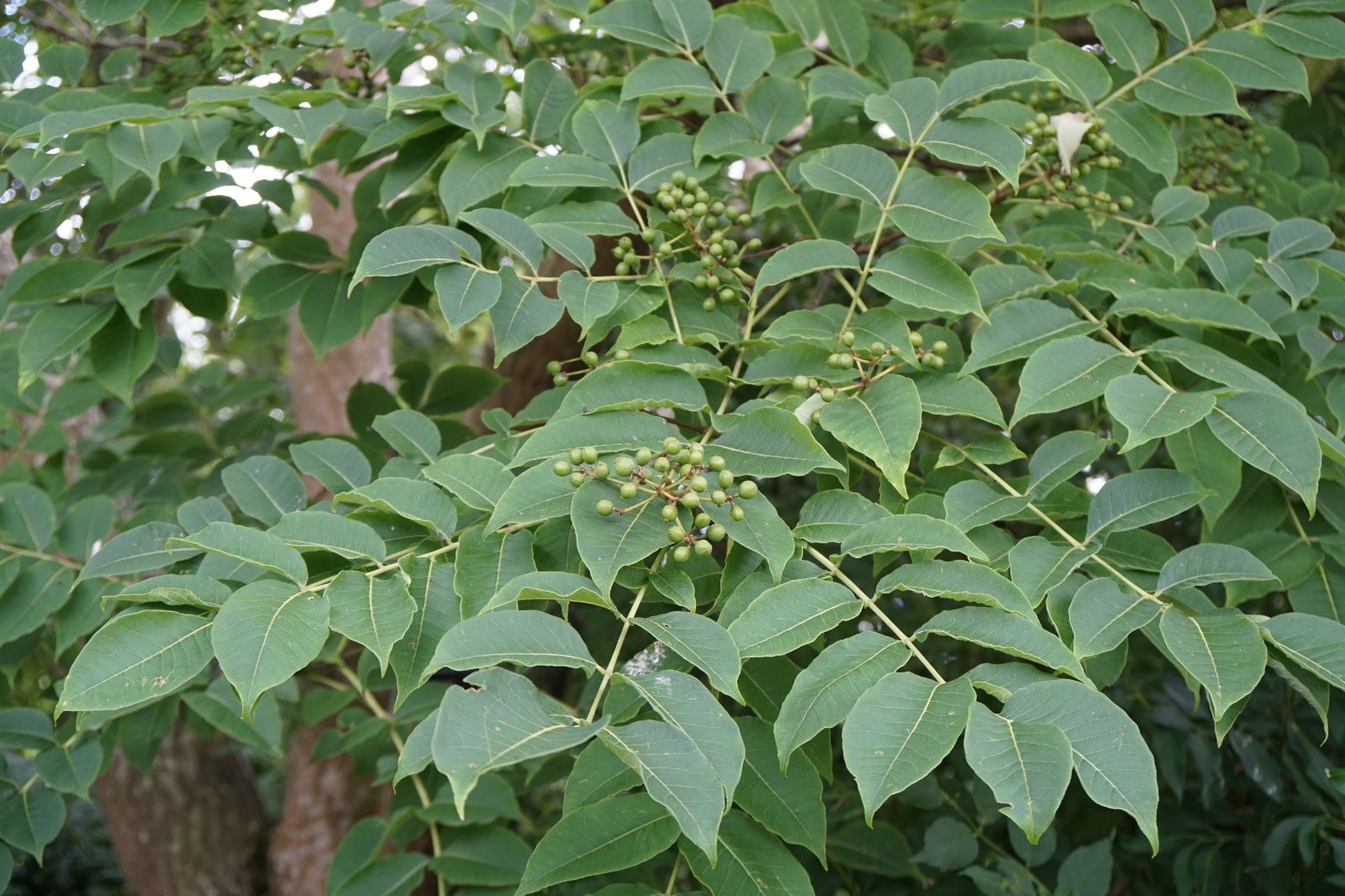Skin aging is a complex biological process characterized by the breakdown of key structural components like collagen, elastin, and hyaluronic acid in the extracellular matrix (ECM). This degradation leads to a weakening of the skin structure, loss of elasticity, and ultimately, wrinkle formation. External factors like ultraviolet (UV) radiation can exacerbate this process. Given the increasing demand for natural compounds to combat skin aging, researchers are exploring bioactive compounds with potential anti-aging properties. Phellodendron amurense, a tree used in traditional medicine in northeastern Asian countries, is rich in bioactive compounds, including jatrorrhizine, a major alkaloid known for its health benefits like anti-inflammatory effects. However, its potential anti-aging properties, particularly concerning skin health, have been largely unexplored. This study2 aimed to investigate the impact of jatrorrhizine isolated from Phellodendron amurense on collagen homeostasis in human dermal fibroblast cells as a potential solution to prevent wrinkle formation.
Methods
Jatrorrhizine was isolated from Phellodendron amurense. Cytotoxicity of jatrorrhizine on CCD-986sk human dermal fibroblast cells was determined using MTT assay, and subsequent experiments used non-toxic concentrations (up to 10 µM). CCD-986sk cells were irradiated with UV-B to simulate skin aging, and then treated with jatrorrhizine. Gene expression levels of collagen synthesis-related genes (COL1A2, TGFB1, HAS2) and collagen degradation-related genes (MMP-1, MMP-9, TIMP-1) were measured using real-time PCR. Statistical analysis was performed to determine the significance of the results.
Key Findings
•Jatrorrhizine was not toxic to CCD-986sk cells at concentrations up to 10 µM.
•In UV-B irradiated CCD-986sk cells, jatrorrhizine increased the gene expression of COL1A2, which encodes a procollagen essential for collagen synthesis. This suggests that jatrorrhizine can recover the collagen synthesis process.
•Jatrorrhizine treatment significantly reduced the gene expression of MMP-1 and MMP-9, enzymes responsible for the degradation of collagen and gelatin, respectively.
•The study found that jatrorrhizine treatment recovered the expression of TIMP-1, an inhibitor of MMP-1 and MMP-9, thus preventing collagen degradation.
•Jatrorrhizine treatment increased the expression of TGFB1, a key factor that regulates collagen synthesis and suppresses MMP-1.
•Furthermore, jatrorrhizine treatment recovered the gene expression of HAS2, which is responsible for hyaluronic acid synthesis, suggesting improved skin hydration and elasticity.
This study provides novel insights into the potential of jatrorrhizine isolated from Phellodendron amurense to improve collagen homeostasis in human dermal fibroblasts. The research demonstrates that jatrorrhizine can simultaneously promote collagen and hyaluronic acid synthesis and inhibit collagen degradation in UV-B damaged cells. This dual action, achieved through the upregulation of COL1A2, TIMP-1, TGFB1, and HAS2, and the downregulation of MMP-1 and MMP-9, highlights the potential of jatrorrhizine as a natural anti-aging agent. The findings suggest that jatrorrhizine could be a valuable ingredient in therapeutic and cosmetic products aimed at preventing wrinkle formation and improving skin structure. Future research should focus on further elucidating the working mechanisms of jatrorrhizine using more complex models and assessing its bioavailability for topical applications to maximize its beneficial effects on skin health.
Link to the study: https://www.mdpi.com/2079-9284/12/2/70


